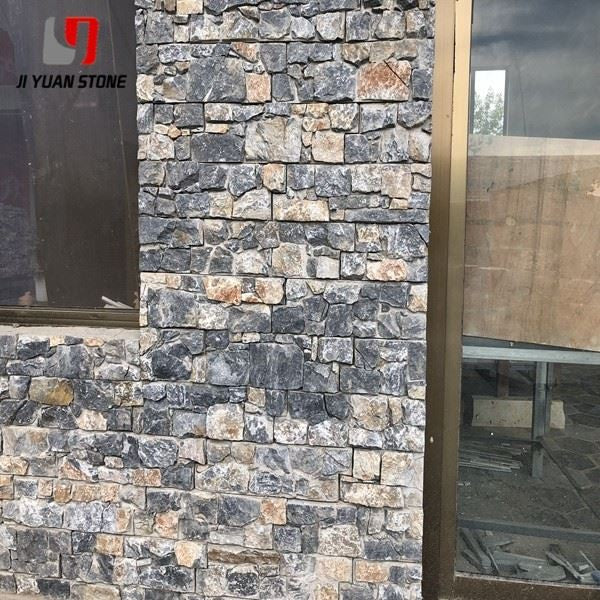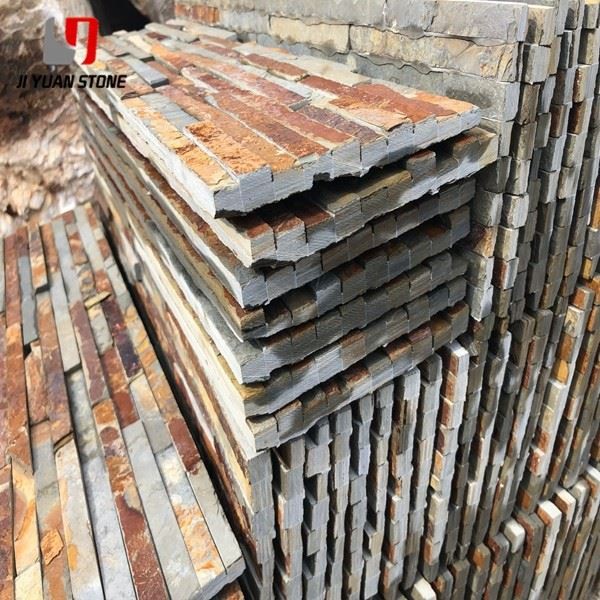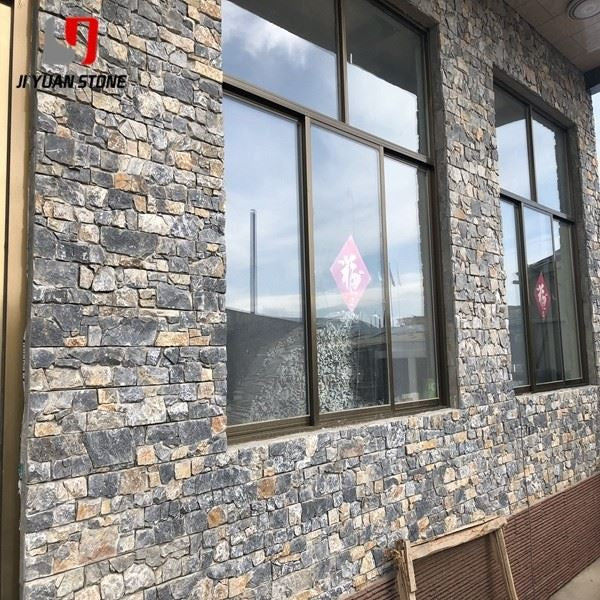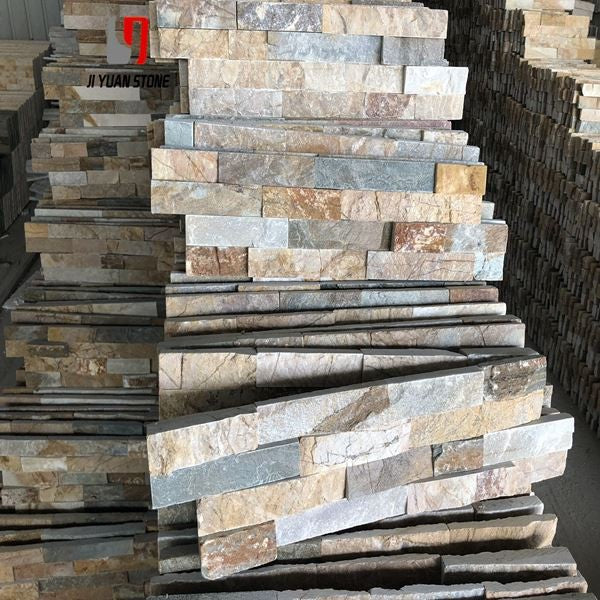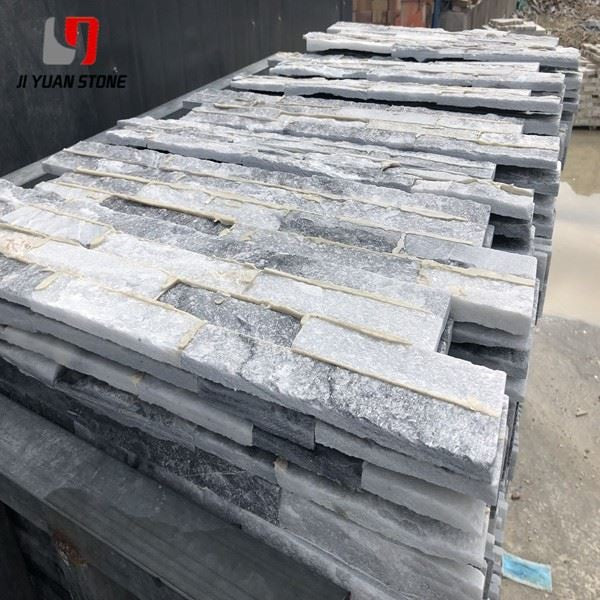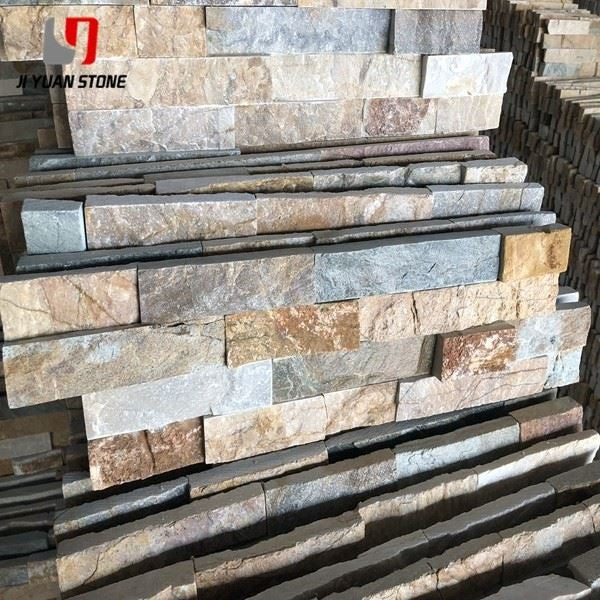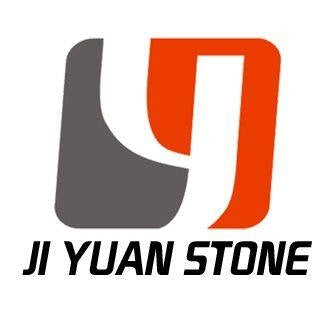1
/
of
8
Stacked Stone Exterior Cladding
Stacked Stone Exterior Cladding
This durable Stacked Stone Exterior Cladding adds a touch of elegance and sophistication to any building. Made with high-quality materials, it provides superior protection against harsh weather and environmental elements. Increase the value and curb appeal of your property with this versatile and stylish cladding option.
| Feature | Details |
|---|---|
| Product | Stacked Stone Exterior Cladding |
| Surface | Split face |
| Thickness | 0.8-1.2cm,1-1.5cm,1-2cm,1.5-2.5cm,2.5-3.5cm etc |
| Finished Products | Floor tiles, Wall cladding, Countertops, Windowsills, Special-shaped tiles, Small slabs, Swimming pool, stairs, steps, wall panel, flooring, veneers, slabs, coping tiles, bathtub etc |
| Colour |
Many colors for choice |
| Surface Finished | Natural Split |
| Size | 600x150x10~20mm, 600x300x10~20mm, etc. |
| Shape | Square, S or Z Shape |
| Usage | Interior/Exterior Wall cladding |
| Customized | Available |
| Packaging | Cartons and Fumigated Seaworthy Wooden Crates |
| Payment | T/T, L/C, Westunion, MoneyGram |
Natural Cultural Stone: A Timeless Stacked Stone Exterior Cladding
Natural cultural stone is a type of stacked stone exterior cladding mined from nature. Common types include slate, sandstone, and quartz stone, which are processed into decorative building materials.
Key Features of Natural Cultural Stone
- Durable: Resistant to compression, wear, fire, cold, and corrosion
- Low Water Absorption: Ideal for various environmental conditions
- Rich Texture & Color: Offers a natural and aesthetic appeal
- Varied Styles: Different types suit different architectural needs
Natural cultural stones are categorized based on their materials:
1. Slate
- Features a distinct layered texture, clear grain, and dense composition
- Offers a picturesque, natural aesthetic
2. Sandstone
- Known for earthy tones and rich color variations
- Elegant and timeless, shaped by millions of years of geological processes
3. Rust Board
- Includes types such as powder rust, water rust, jade rust, and purple rust
- Features vibrant colors and unique patterns, making each piece distinctive
4. Tile Board
- A thin, flexible slate sheet—just a few millimeters thick
- Offers toughness and durability while maintaining a natural look
5. Mushroom Twist
- Resembles ancient castle wall stone, with a bold, three-dimensional texture
- Creates a rugged yet sophisticated effect
6. Yuhua Stone
- Naturally collected from riverbeds, featuring colorful, mesmerizing textures
Before installation, several factors should be considered:
1. Location Assessment
-
Indoor or Outdoor Use?
- Avoid sandstone outdoors due to its tendency to absorb water.
- For indoor applications, select harmonious or complementary colors; avoid strong contrasts between warm and cool tones.
2. Wall Condition
- Ensure the installation surface is clean and smooth to achieve the best adhesion and appearance.
3. Stone Quality Check
- Avoid twisted or deformed stones, as they may indicate poor manufacturing standards.
- Test surface hardness by scratching with a fingernail or metal object—excessive dust means lower durability.
- Weigh the stone—it should be light enough for easy installation yet sturdy enough for longevity.
4. Installation Considerations
-
Cement Type Matters:
- Use low-alkali Portland cement for a long-lasting finish.
- Avoid sulfoaluminate cement, which causes efflorescence (white mineral deposits).
-
Surface Treatment:
- Avoid excessive coatings with alkali-resistant materials, as this can make the stacked stone appear unnatural.
Share
